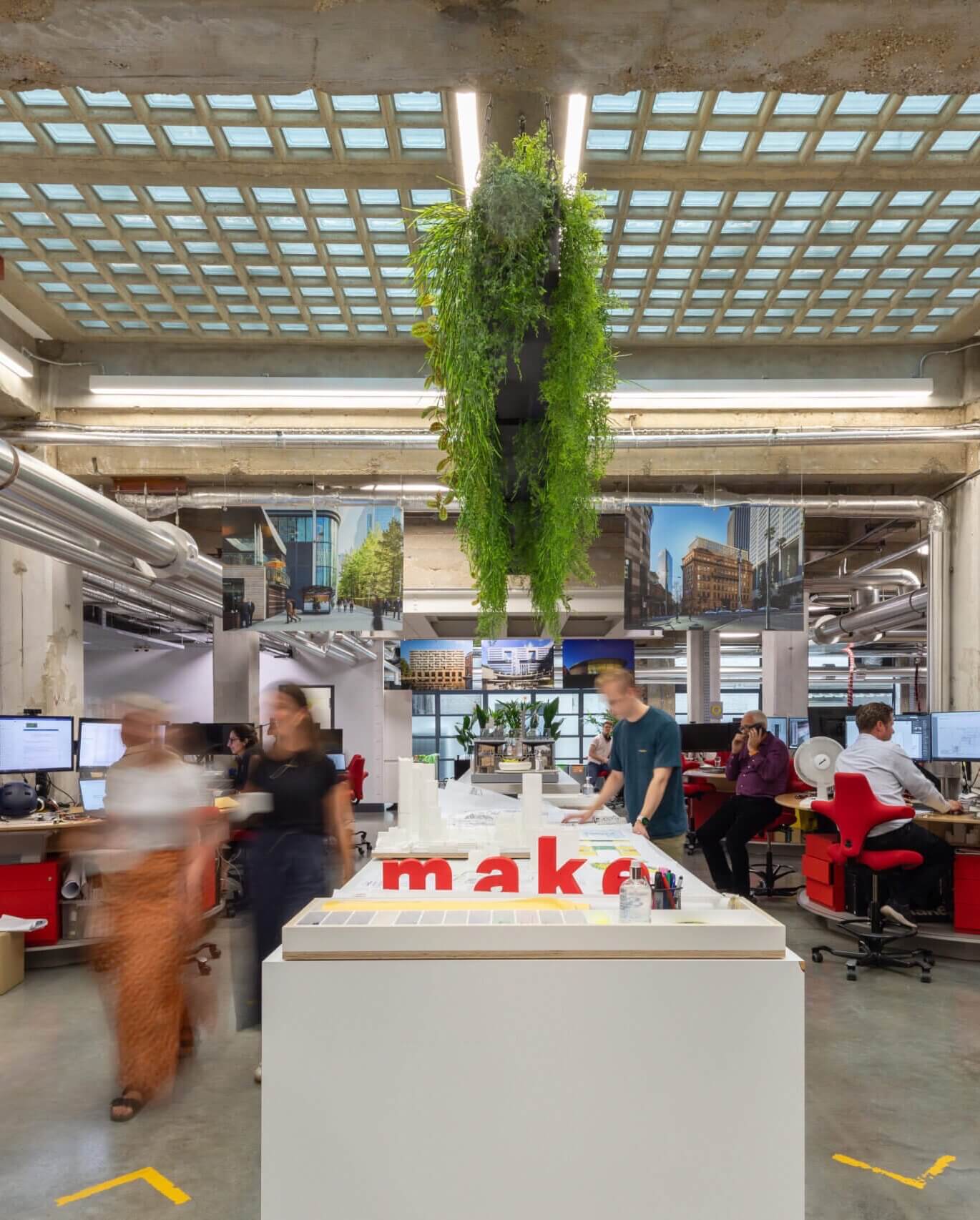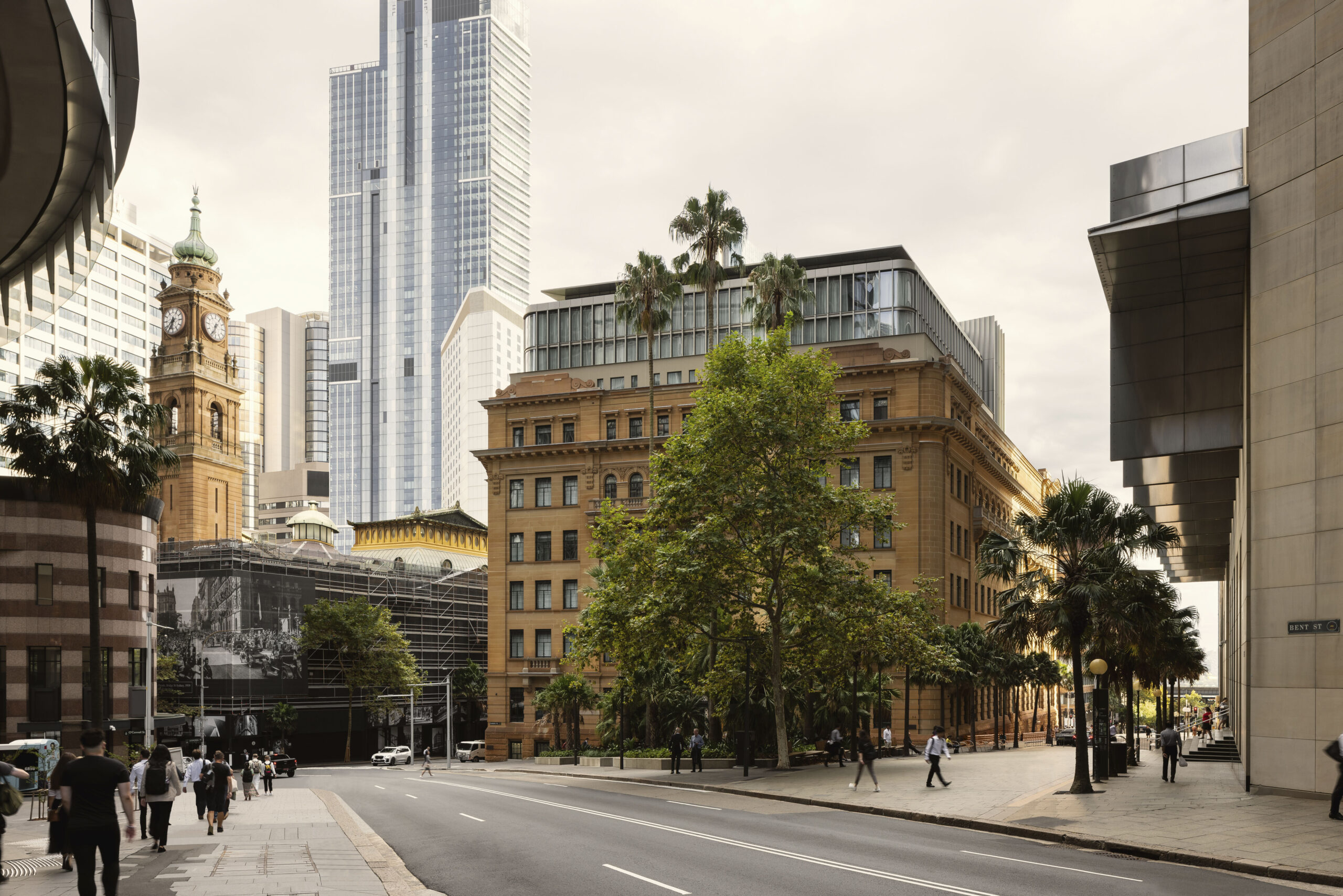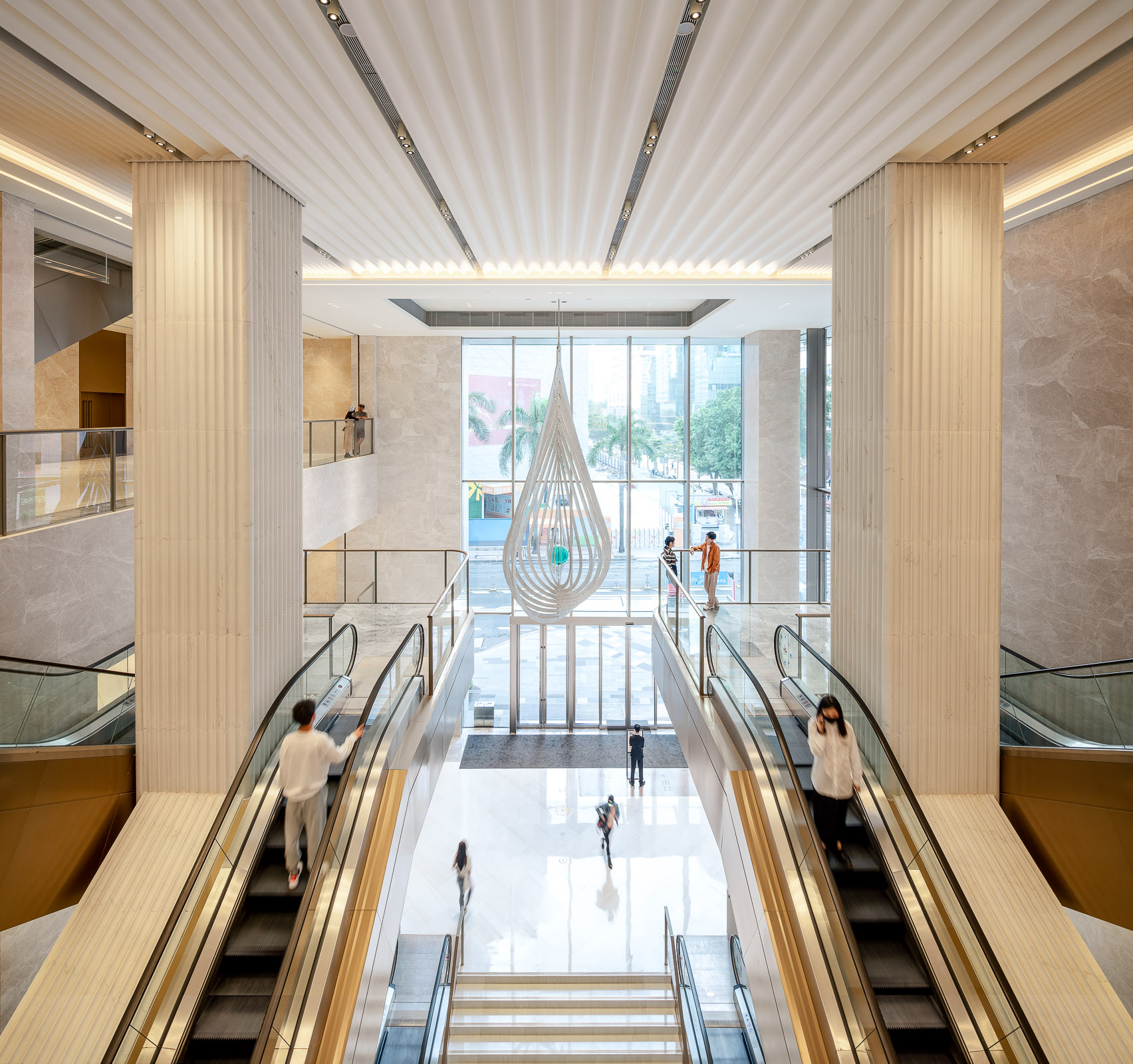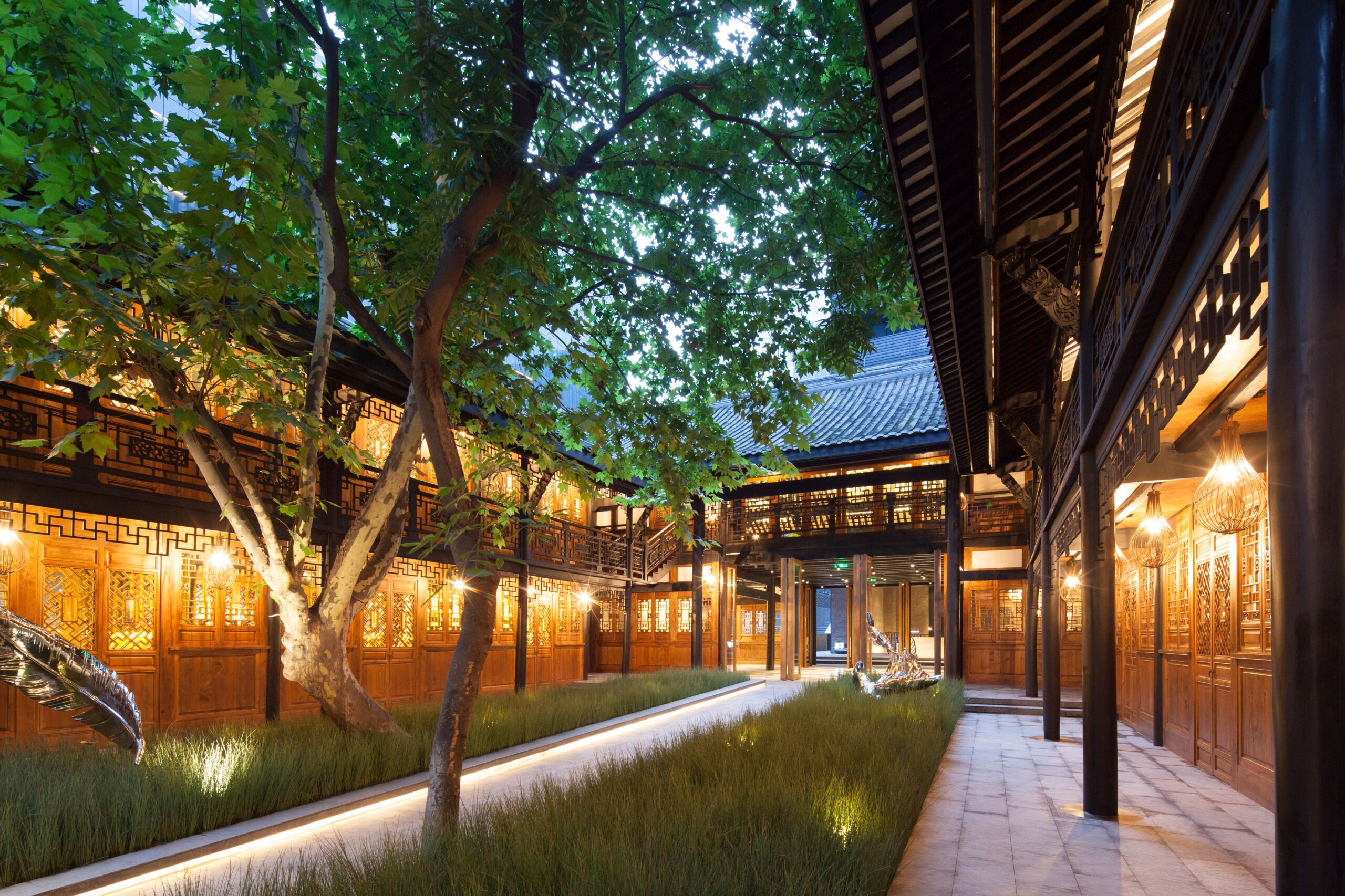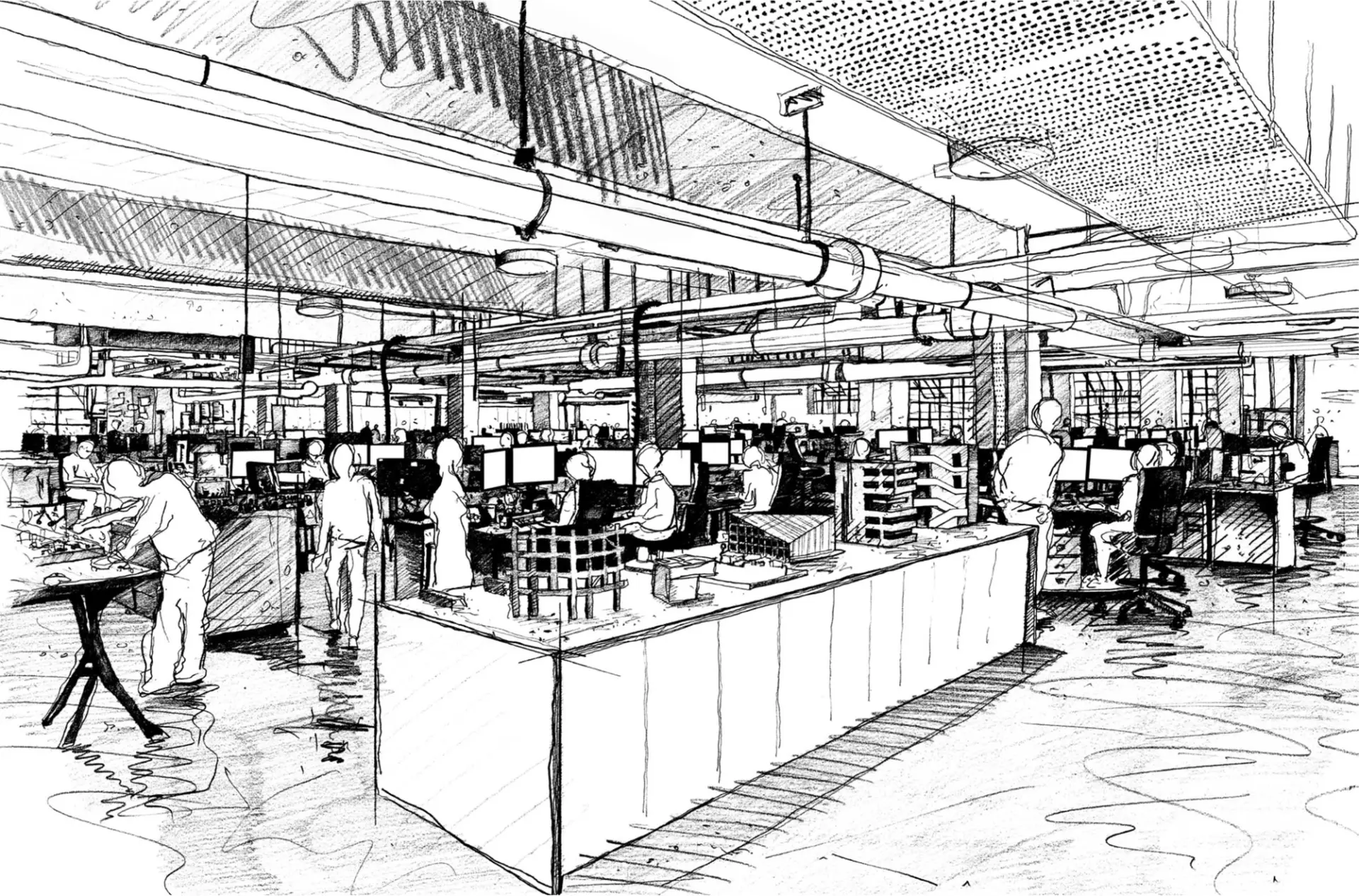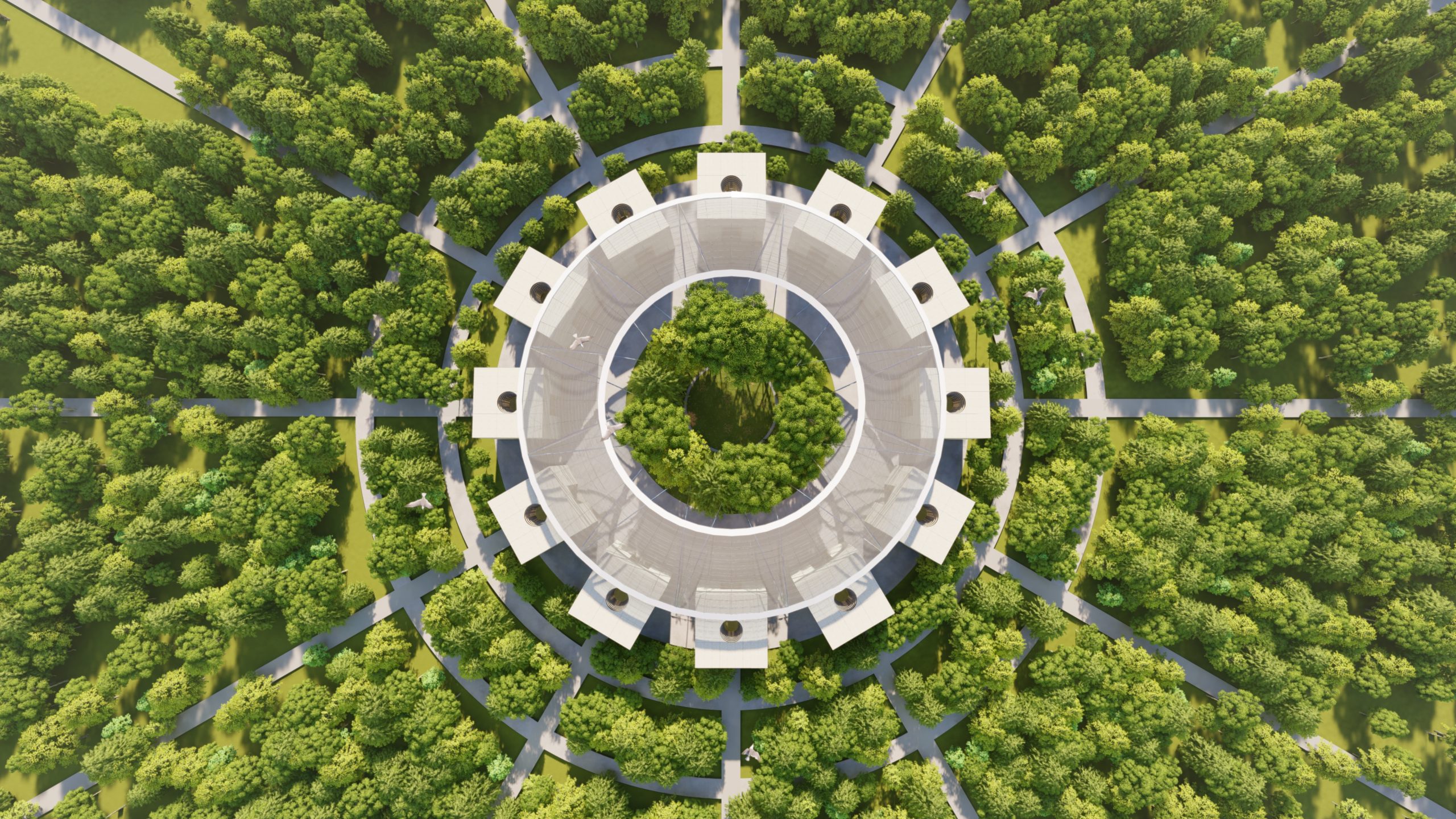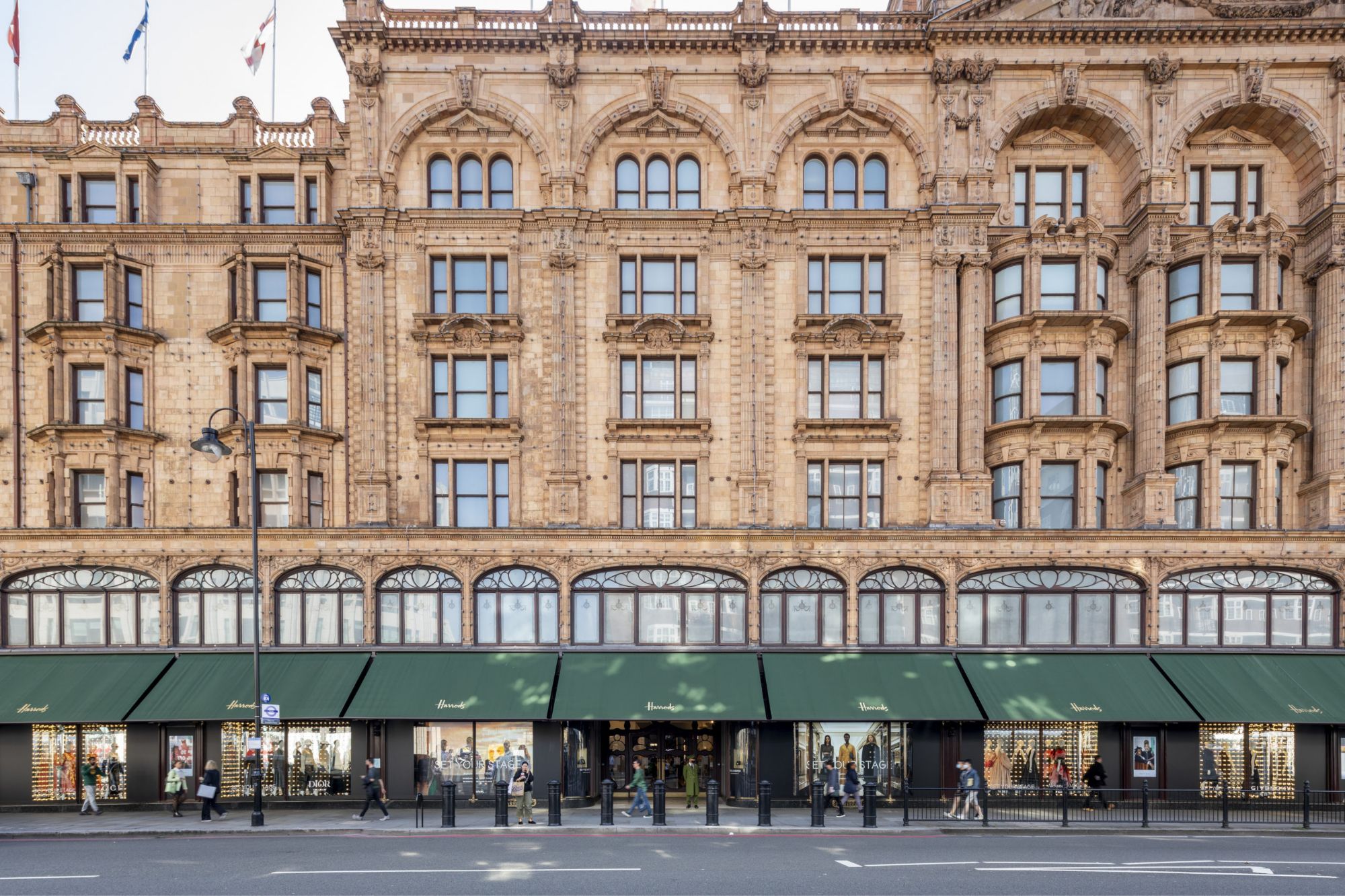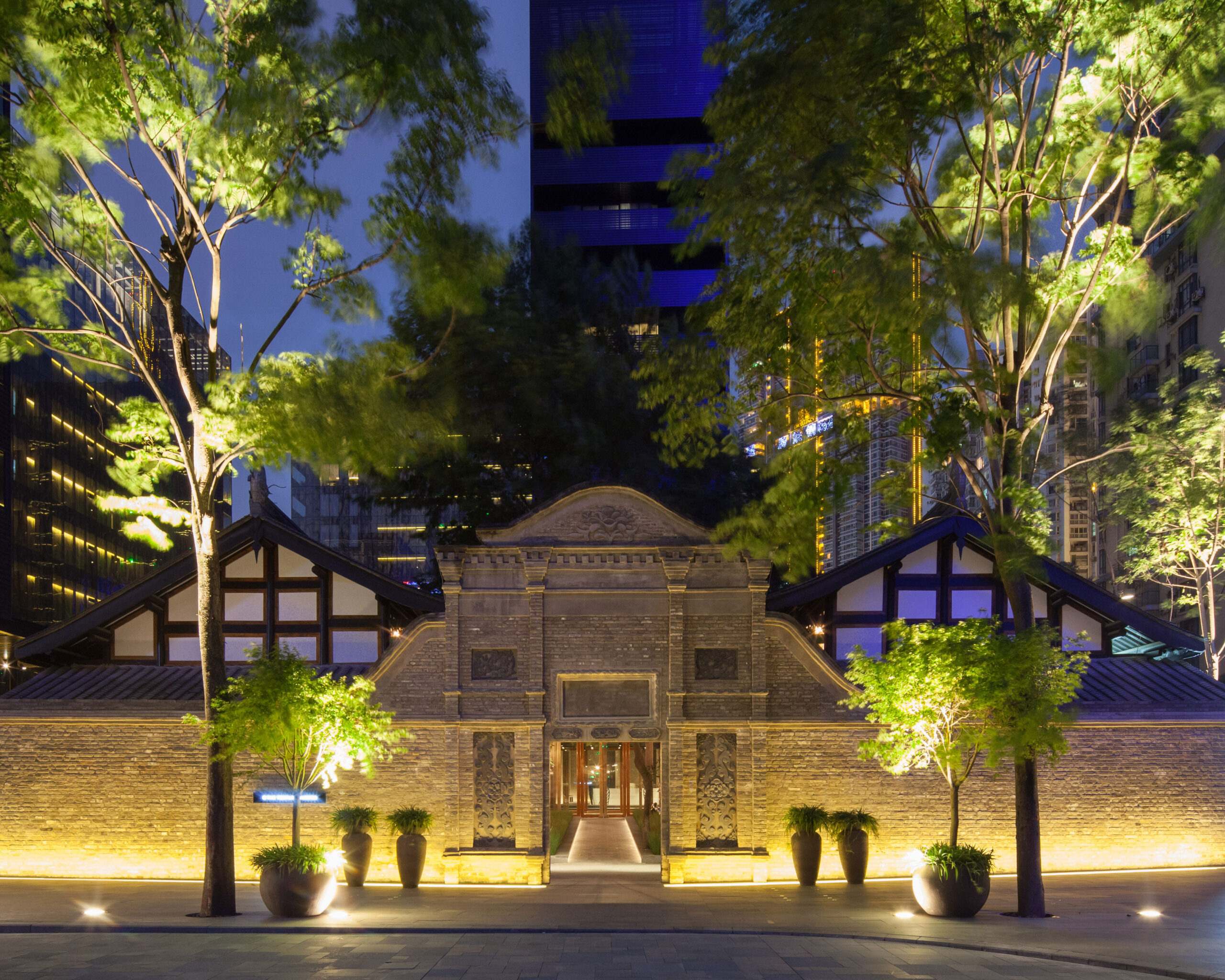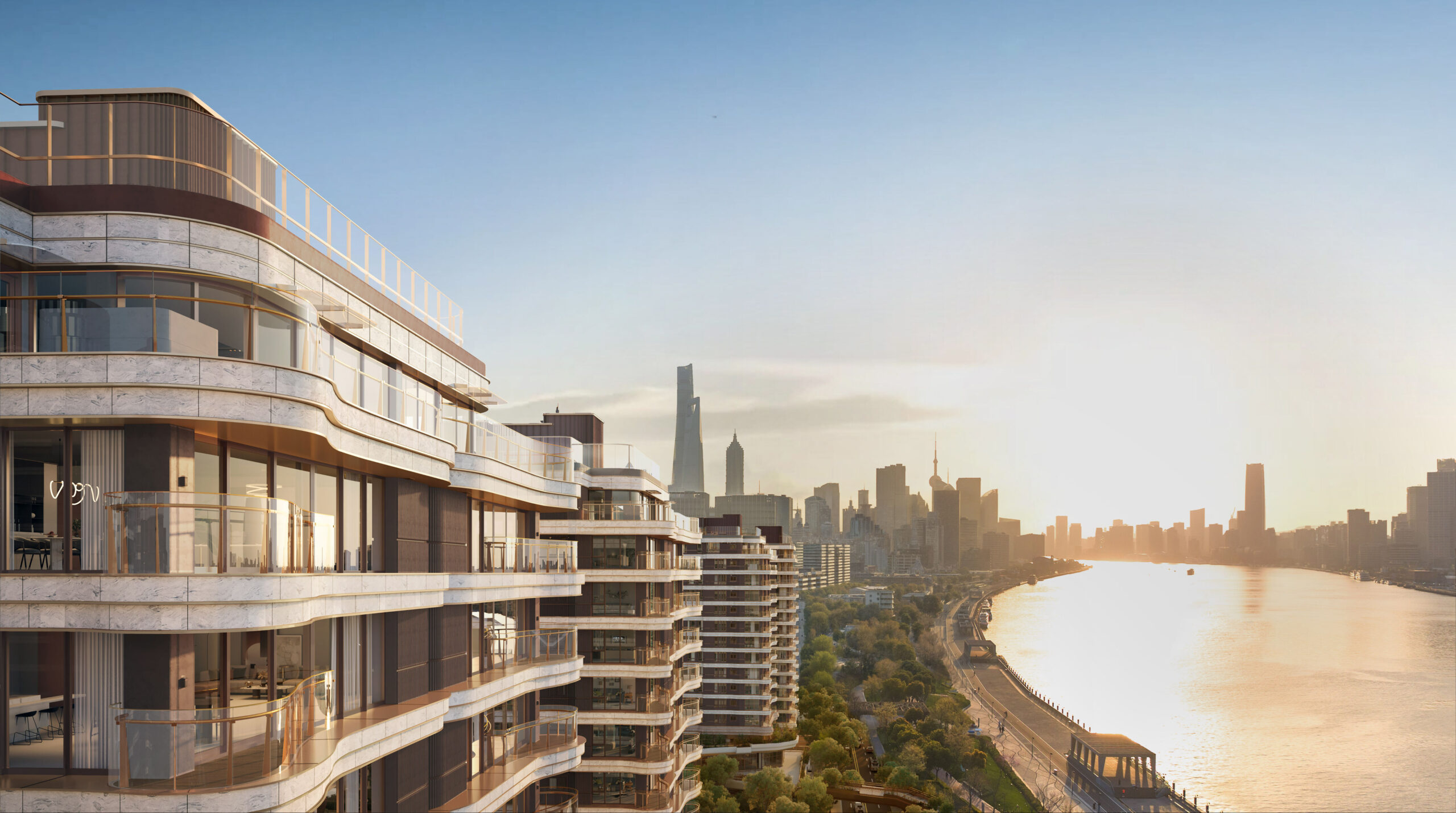

How and when did you develop an interest in architecture?
I’ve wanted to be an architect since I was four years old. My dad is a site manager for a small construction firm, and I would always ask him questions about who designed buildings and he told me that architects did. Ever since then, it’s been my dream to design something and to see it be constructed.
Have you been gearing your studies towards this discipline?
I have in the last few years. I studied art and product design for my GCSEs and I’ve also been lucky to study architecture at Havering Sixth Form College for my A-Levels. It’s one of the few colleges that offer the course and I’ve also been talking to people in the sector and gaining more knowledge.
How have you found your first year of college?
The lessons are so cool. We’re doing research and creating PowerPoints for briefs. I’m now looking into what universities I want to apply for.
How did you get involved with the People’s Pavilion?
My architecture teacher told us about it in one of our lessons a few months ago. I then signed up to the competition after she encouraged me to do so, as she thought it would be beneficial for me.
Can you tell me about your pavilion concept?
We decided to go for a relaxing space as the main theme. The whole model is quite large at 14 x 33 metres so it’s one long rectangular structure that has a trussed wooden roof to allow hanging plants through. My teammate and friend Zarin decided to add a waterfall element that would sense you and open up as you walk through it. We shared ideas and were really happy with the outcome.

Do you have any favourite architects or buildings?
I’ve got a favourite street! I love Regent’s Street on Piccadilly Circus as it’s quite complex with how it’s laid out. I like the area around the Piccadilly roundabout in general. Each time I go through the billboards, I’m mesmerised by everything there; it’s so pleasing. I also like the identical brick terraced houses in London and The Shard.
What do you like about The Shard?
It was probably one of the first tall buildings that I saw. I was impressed by the shape of it and it was different to anything else around it. Most buildings were rectangular and up-and-down, but The Shard was pointy and had jagged edges on it, it looked really cool. It’s iconic.
How would you want the pavilion to be used?
I hope that people use the pavilion for its intended purpose which is to relax. I want to make sure everyone is happy in the area and no one’s stressing out. I hope they can go there to unwind and let all their worries out.
Read our Q&A with Michael’s teammates, Ferdos and Zarin.
Beyond the Box consultants, who are running the initiative, announced the winning design team last week from a shortlist of nine. A public vote of over 1,300 local people selected Shahriyar Ahmed (18), Samira Elbahja (17) and Dellilah Jamal’s (17) design, ‘The Reverie’, as the winner.





